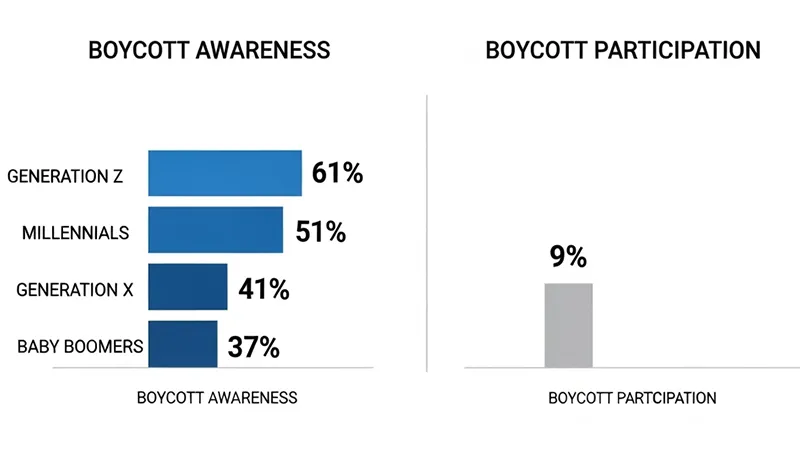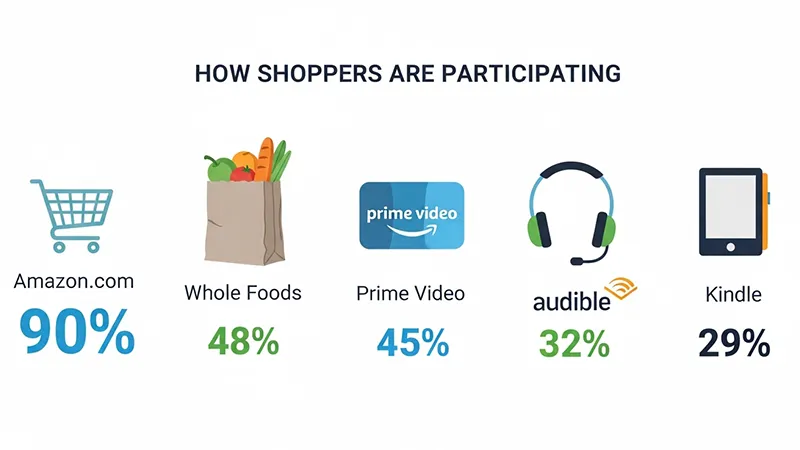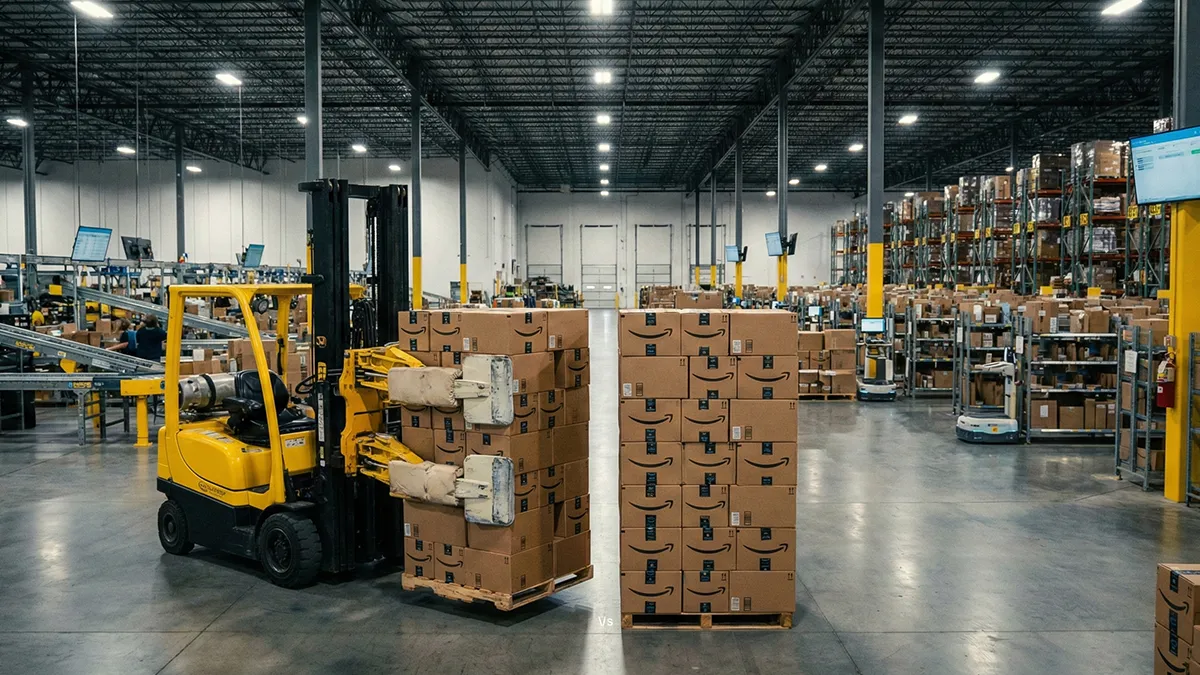Amazon Boycott (March 2025): A Guide to the Protest & Its Impact

A recent economic protest has taken a new turn with a targeted boycott against Amazon. For those asking, "what is the Amazon boycott about?" it is an organized movement urging consumers to halt spending on the e-commerce giant to challenge corporate influence. The first phase of this Amazon economic boycott, organized by the People's Alliance, runs from March 7 to 14, 2025. The call to action has resonated with a portion of Amazon's customer base, highlighting shifting consumer sentiments and raising questions about the Amazon boycott impact.
This guide will explore the common questions around the Amazon boycott, including the reasons why people are boycotting Amazon, the specific Amazon boycot dates, and an analysis of how's the Amazon boycott going.
Awareness and Participation Rates Vary by Generation
A recent survey by market research firm Numerator found that 43% of Amazon shoppers are aware of the boycott of Amazon. However, awareness levels for the Amazon consumer boycott differ significantly across age groups.
-
Generation Z leads with a 61% recognition rate.
-
Millennials follow at 51%.
-
Generation X and Baby Boomers show lower awareness levels at 44% and 37%, respectively.
Despite widespread awareness, only 9% of Amazon shoppers intend to participate in the boycott Amazon week. Light shoppers—those who place an order once a month—are slightly more inclined to join (10%), whereas heavy shoppers—who purchase weekly or more frequently—are less likely to do so (7%). This data helps answer the question of how is the Amazon boycott going today.
How Shoppers Are Supporting the Boycott

For those planning on boycotting Amazon, their methods of engagement are varied. Here is the Amazon boycott list of actions participants are taking:
-
90% will refrain from placing Amazon orders during the boycott period.
-
48% will avoid shopping at Whole Foods.
-
45% will not stream content on Prime Video.
-
32% will suspend Audible subscriptions or purchases.
-
29% will discontinue Kindle-related services.
-
13%—equivalent to 1% of Amazon's total user base—will fully boycott Amazon Prime by canceling their membership.
Additionally, some consumers are modifying their shopping behavior. About 28% of respondents said they would turn to local retailers, while 22% plan to delay purchases until after the Amazon boycott ends.
Demographic Trends in Boycott Participation
Participation rates also vary by ethnicity and age. Black shoppers exhibit the highest willingness to join the boycott at 23%, followed by Hispanic (13%) and Asian (11%) consumers. Younger generations, particularly Gen Z (17%) and Millennials (12%), show stronger engagement. This trend suggests that younger consumers are more inclined to express their stance on the issues behind why Amazon boycott movements exist.
Past Boycotts and Future Implications

Many Amazon shoppers have previously engaged in similar actions. Over 54% of respondents were aware of the February 28 boycott, with 22% confirming their participation. The February 28 boycott effect shows a growing trend, as 72% of those planning to join the current protest had already taken part in the February demonstration.
While the protest has sparked widespread discussion, the direct impact of the Amazon boycott remains uncertain. With relatively low Prime membership cancellation rates, the immediate financial repercussions may be limited. However, the growing awareness suggests a shift in consumer behavior that businesses cannot afford to ignore.
Frequently Asked Questions (FAQ)
-
1. What is the Amazon boycott?
-
The Amazon boycott is an organized economic protest where consumers are urged to stop spending money on Amazon and its subsidiaries (like Whole Foods, Prime Video) for a specific period to show disapproval of the company's influence.
-
-
2. Why are people boycotting Amazon?
-
The Amazon boycott reasons are tied to a broader economic protest organized by the People's Alliance. The movement aims to challenge corporate influence, which is the primary reason why are they boycotting Amazon.
-
-
3. When is the Amazon boycott?
-
The first phase of the Amazon boycott March 2025 dates are from March 7 to March 14. The Amazon boycott day and boycott Amazon week refer to this period.
-
-
4. Is the Amazon boycott working?
-
Measuring the Amazon boycott impact today is complex. While only 9% of shoppers are participating and just 1% are canceling Prime, the high awareness (especially among younger generations) and repeat participation from previous boycotts suggest a growing long-term trend in consumer activism.
-
This section is designed for FAQPage Schema.
Strategic Takeaways for Your E-commerce Business
The key lesson from the Amazon boycott 2025 is the importance of brand resilience. Over-reliance on a single sales channel, especially one that can become a target for activism, creates significant risk. Building a multichannel sales strategy is the most effective way to mitigate this. Our end-to-end, one-stop logistics solutions are designed to support this exact strategy, providing the fulfillment needed to sell on your own website, other marketplaces, and B2B channels simultaneously.


